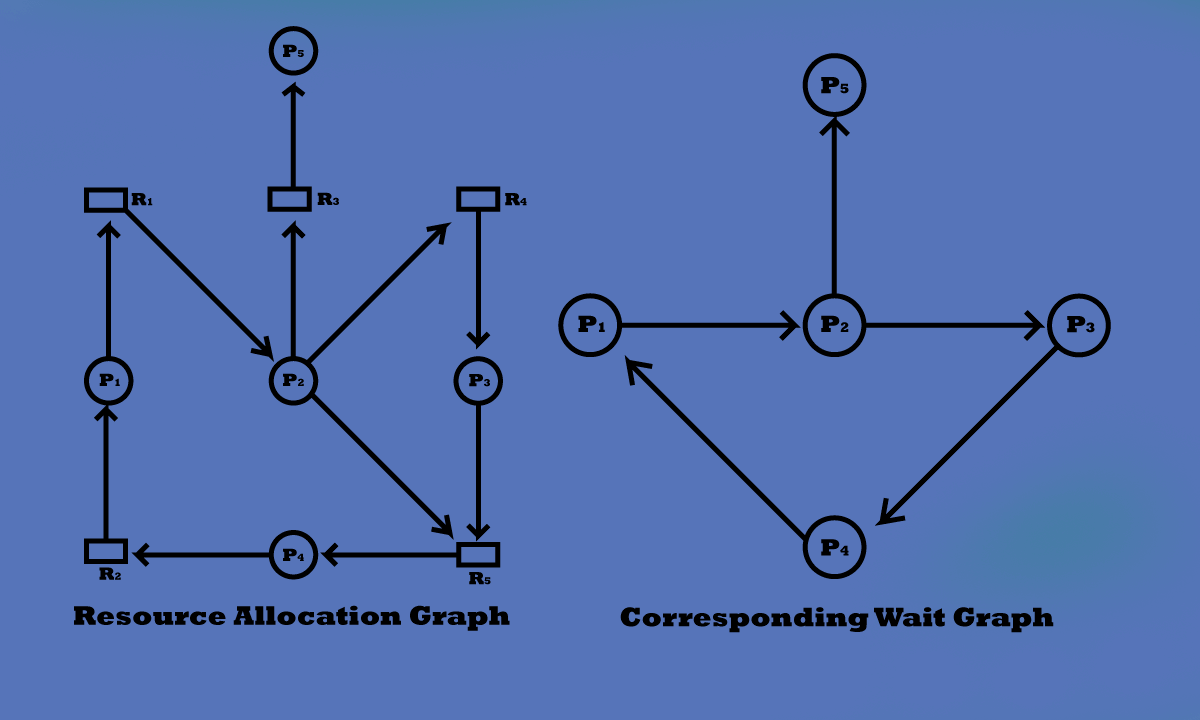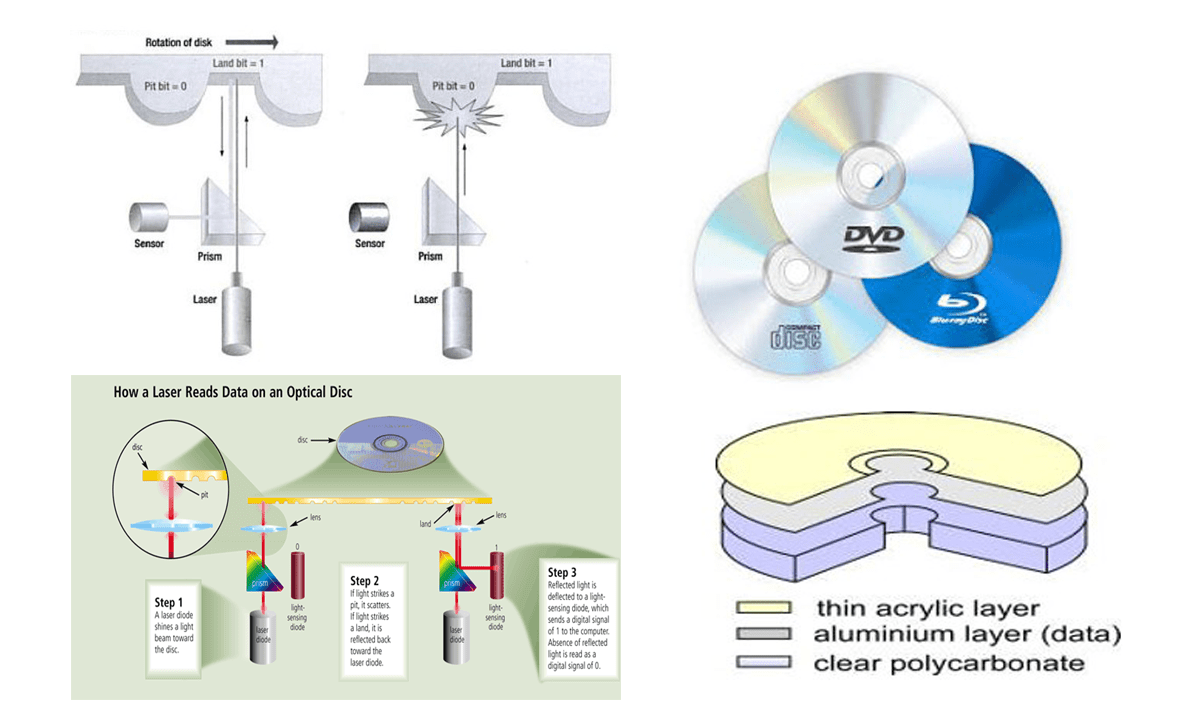Detect Deadlock in Your System & Recover a System from Deadlock:
Deadlock problems can only become more common, given current trends, including larger numbers of processes, multithreaded programs, many more resources within a system, and emphasis on long-lived file and database servers rather than batch systems. So, you need to know How can you detect deadlock in your system & recover a system from deadlock?
How can you detect deadlock in your system?
There are two algorithms for deadlock detection. They are;
- One for the system with a single instance of each resource type.
- Other for the system with multiple instances of a resource type.
The system with a single instance of each resource type: this algorithm uses a variant of the resource allocation graph, called the wait-for graph.
In this graph, there is an edge from process Pi to process Pj, indicating that process Pi is waiting for process Pj to release a resource that Pi needs. Also, an edge Pi → Pj exists in a wait-for graph. If and only if the corresponding resource-allocation graph contains two edges Pi → Rq and Rq → Pj for some resource Rq.
A deadlock exists if and only if the wait-for contains a cycle.
Let us consider the following wait-for graph obtained from the corresponding resource-allocation as also shown:
Here, a deadlock is occurred because there exist cycles in the wait-for graph.
The system with multiple instances of a resource type: This deadlock detection algorithm employs several time-varying data structures as follows:
- Available: A vector of length m indicates the number of resources of each type.
- Allocation: An n x m matrix defines the number of resources of each type currently allocated to each process.
- Request: an n x m matrix indicates the current request for each process. If request [i, j] = k, then process Pi is requesting k more instances of resource type Rj.
This algorithm investigates every possible allocation sequence for the process that remains to be completed. The algorithm is described below:
1. Let Work and Finish be vectors of length m and n respectively. Initialize Work = Available. For i = 0,1,2,3,…..n-1, if Allocationi ≠ 0, then Finish [i] = false. Otherwise Finish [i] = true.
2. Find an index i such that both
Finish[i] == false.
Requesti ≤ Work.
If no such i exists, go to step 4.
3. Work = Work + Allocationi
Finish[i] = true.
Go to step 2
4. If Finish [i] = false for some i, 0 ≤ i ≤ n, then the system is in a deadlock state.
Moreover, if Finish [i] == false, then process Pi is deadlock.
How do you recover a system from deadlock?
When a deadlock is detected, the system can recover from the deadlock automatically. There are two options breaking a deadlock:
Aborting Process: to eliminate deadlocks by aborting a process, we use one of two methods, the system reclaims all resources allocated to the terminated processes.
- Abort all deadlock processes.
- Abort one process at a time until the deadlock cycle is eliminated.
Resource Preemption: to eliminate deadlocks using resource preemption, we successively preempt some resources from processes and give these resources to other processes until the deadlock cycle is broken.
If preemption is required to deal with deadlocks, then three issues need to be addressed:
- Selecting a victim: we must select which resources and which processes are to be preempted.
- Rollback: if we preempt a resource from a process, we must roll back the process to some safe state and restart it from that state.
- Starvation: we must ensure that a process can be picked as a victim only a (small) finite number of times so that starvation would not occur.
Reference: Operating System Concepts written by Abraham Silberschatz, Peter Baer Galvin, and Greg Gagne.

Library Lecturer at Nurul Amin Degree College










